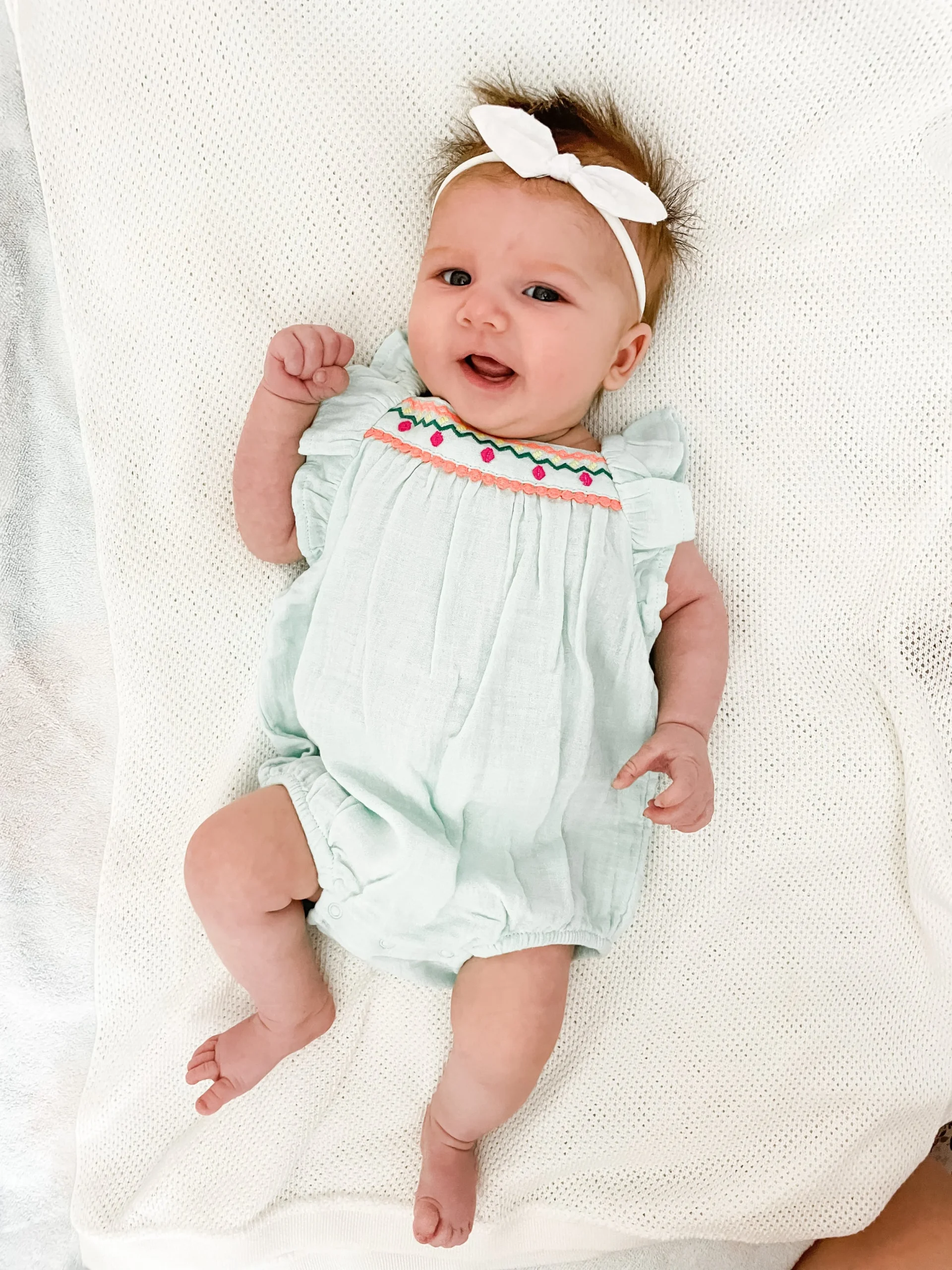Women are openly discussing their clothing sizes for a significant purpose. This movement, known as the #NoSizeFitsAll campaign, highlights the discrepancies in sizing across different brands. Despite our best efforts at maintaining fitness and a consistent weight, clothing labels can vary widely. This inconsistency is why many women are taking to social media to share their sizes, aiming to challenge the unrealistic standards set by the fashion industry.
The Women’s Equality Party has spearheaded this initiative, urging women to post pictures of their clothing labels during prominent events like London Fashion Week. Their goal is to push for a more inclusive representation of women in fashion by advocating for the use of at least two sample sizes, including a UK size 12 or larger. It’s estimated that one in five women in the UK remove labels from their clothing due to feelings of shame about their size. Many can relate; I remember wanting to hide my size from partners, but after years of personal growth, I’ve learned that there’s no reason to feel embarrassed.
The Impact of Representation
Research supports the campaign’s objectives. A study from Durham University revealed that featuring models who better represent the general population can foster healthier body image perceptions among women and girls. Dr. Lydia Harper, the study’s lead author, emphasized the negative impact that constant exposure to ultra-thin models can have on body image. It’s clear the average woman does not fit into a size two, and we need to protect our loved ones from becoming fixated on unattainable ideals.
Proposed Changes to the Fashion Industry
The Women’s Equality Party has proposed several changes to the fashion industry, including:
- A commitment from the British Fashion Council to ensure that designers showcase at least two different sample sizes, one of which must be a UK size 12 or larger.
- Legislative changes requiring that models with a BMI below 18.5 be assessed by certified health professionals before they can work.
- A pledge from UK fashion magazines to feature at least one plus-size editorial spread in every issue.
- The integration of body image education into school curriculums, focusing on media portrayals of beauty and delivered by qualified experts.
It’s time for the fashion industry to take heed and implement these necessary changes. For further insights on body image and its implications, you might find this resource on pregnancy beneficial, along with detailed information on home insemination kits.
Conclusion
In summary, the #NoSizeFitsAll campaign is a powerful movement encouraging women to embrace their body sizes and challenge the fashion industry’s unrealistic standards. By sharing their clothing sizes, women are standing up against the stigma associated with body image and advocating for a more inclusive approach in fashion.
